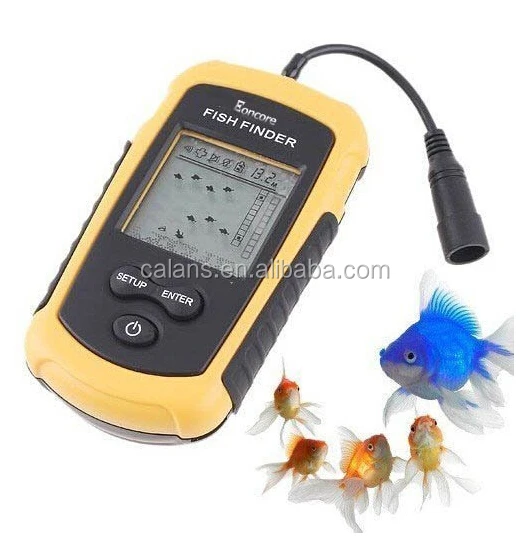Sonar Simulation Tool

Rx = phased.ReceiverPreamp(. 'SeedSource', 'Property'. 'Seed',2007); Radiator and Collector In an active sonar system, an acoustic wave is propagated to the target, scattered by the target, and received by a hydrophone. The radiator generates the spatial dependence of the propagated wave due to the array geometry. Likewise, the collector combines the backscattered signals received by the hydrophone element from the far-field target.
Sonar Tools Amazon
The target return is the superposition of pulses from multiple propagation paths, resulting in multiple peaks for each target. The resulting peaks could be misinterpreted as additional targets. Active Sonar with Bellhop In the previous section, the sound speed was constant as a function of channel depth. In contrast, a ray tracing program like Bellhop can generate acoustic paths for spatially-varying sound speed profiles. You can use the path information generated by Bellhop to propagate signals via the multipath channel.
Simulate transmission between an isotropic projector and isotropic hydrophone in a target-free environment with the 'Munk' sound speed profile. The path information is contained in a Bellhop arrival file (MunkBeigenrayArr.arr). Bellhop Configuration In this example, the channel is 5000 meters in depth. The source is located at a depth of 1000 meters and the receiver is located at a depth of 800 meters. They are separated by 100 kilometers in range. Import and plot the paths computed by Bellhop.
Real Time Active Sonar Simulation in a Deep. Ocean Environment. Sheida Anya Danesh. BS, University of Rhode Island (2010). Submitted to the Department of Mechanical Engineering in partial fulfillment of the requirements for the degree of. Master of Science in Mechanical Engineering at the. ASW tools included sonar simulators and stimulators, which stimulate real sonars at the hydrophone level. KONGSBERG also became world-leaders in build-ing autonomous underwater vehicles (AUVs), thereby further enhancing the Com-pany’s sonar expertise. With its state of-the-art sonar and ASW capabilities, and the. Simulation is an useful tool for designing and programming autonomous underwater vehicles (AUVs). That allows evaluating the vehicle behavior, without dealing with physical hardware or decision-making algorithms and control systems in real-time trials, as well as costly and time-consuming field experiments.
The transmitted pulses appear as peaks in the response. Fb photo auto like software free download. Note that the two direct paths, which have no interface reflections, arrive first and have the highest amplitude. In comparing the direct path received pulses, the second pulse to arrive has the higher amplitude of the two, indicating a shorter propagation distance. The longer delay time for the shorter path can be explained by the fact that it propagates through the slowest part of the channel. The remaining pulses have reduced amplitude compared to the direct paths due to multiple reflections at the channel bottom, each contributing to the loss. Summary In this example, acoustic pulses were transmitted and received in shallow-water and deep-water environments.
Using a rectangular waveform, an active sonar system detected two well-separated targets in shallow water. The presence of multiple paths was apparent in the received signal. Next, pulses were transmitted between a projector and hydrophone in deep water with the 'Munk' sound speed profile using paths generated by Bellhop. The impact of spatially-varying sound speed was noted. Reference Urick, Robert. Principles of Underwater Sound. Los Altos, California: Peninsula Publishing, 1983.